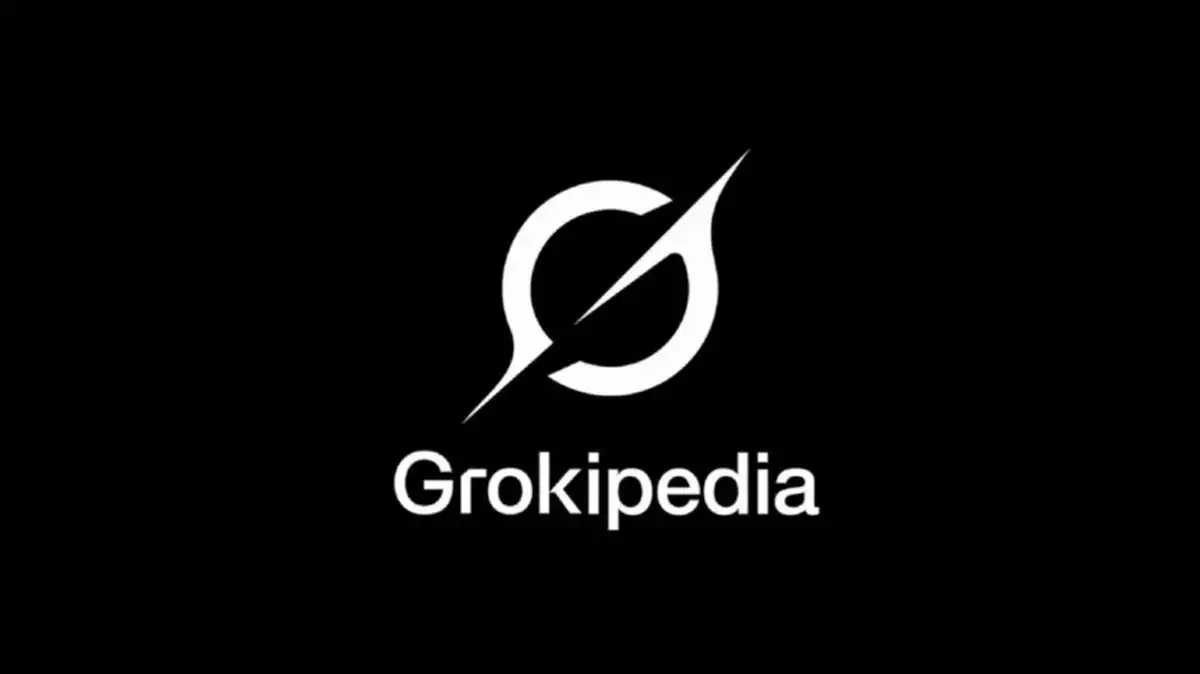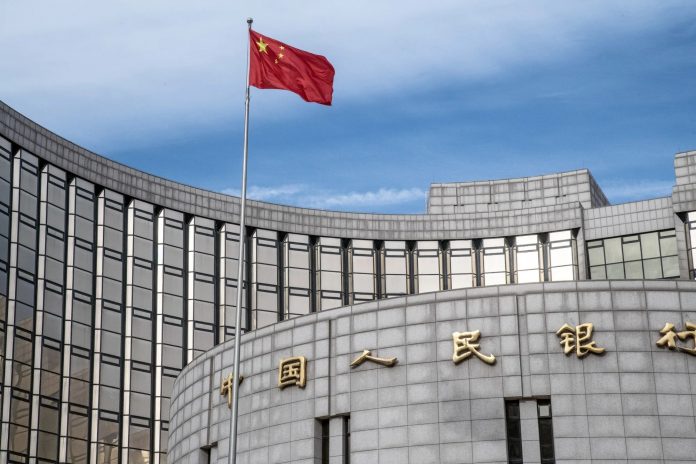Which cryptocurrency could be the next breakout meme coin in 2025? The meme coin market is surging, and crypto enthusiasts are searching for the next big opportunity. From MoonBull ($MOBU) to Pudgy Penguins (PENGU), Bullzilla ($BZIL), La Culex ($CULEX), Floki (FLOKI), Pepe (PEPE), and Brett (BRETT), the potential gains are massive. Social media hype, viral trends, and active communities have pushed these coins into the spotlight.
Among them, MoonBull stands out as a top crypto to invest in 2025, thanks to its live presale, innovative staking, and structured tokenomics. Early buyers are moving fast, as MoonBull leads as the next meme coin to explode.
Why MoonBull Leads as the Next Meme Coin to Explode? 95% APY to Go Live From Stage 10
MoonBull is making waves in the crypto space with its innovative staking program at Stage 10, offering holders a remarkable 95% APY. Tokens can be staked anytime from the dashboard, with daily rewards and a 2-month lock-in, while unstaking remains flexible. A dedicated pool of $14.6 billion $MOBU ensures stability.
After the final presale, liquidity is supplied to decentralized exchanges, fully claimable with a 48-hour lock. A 60-minute claim safeguard prevents dumps and protects early backers. By combining high passive returns, strong liquidity, and launch security, MoonBull delivers fairness, engagement, and growth potential, reinforcing why MoonBull leads as the next meme coin to explode.
MoonBull Presale Madness: Stage 5 Could Make $116K From $1.2K
The MoonBull presale is live across 23 stages, with stage 5 priced at $0.00006584. Over $500K has already been raised, with more than 1,600 token holders participating. ROI from stage 5 to listing is projected at over 9,256%, while early participants have already earned 163.36%. Investing $1,250 now delivers 18,985,419.20 $MOBU tokens, potentially worth $116,950.18 at listing.
Each stage rises by 27.40% until stage 22, after which stage 23 increases by 20.38%. Limited supply, early access, and exclusive rewards make this a once-in-a-lifetime opportunity. Don’t miss the chance to join before prices surge and the next big meme coin to explode secures its market position.
2. Pudgy Penguins (PENGU): NFT Meets Meme Hype
Pudgy Penguins blends NFT culture with meme coin enthusiasm, creating viral buzz among digital collectors. Its playful branding and strong community engagement drive trading volume and investor interest. PENGU’s limited supply adds scarcity appeal, while social media traction ensures visibility. The coin’s combination of novelty, culture, and active participation makes it an attractive pick for those hunting meme coins with growing communities and potential upside.
3. Bullzilla ($BZIL): Community-Powered Momentum
Bullzilla thrives on aggressive marketing and community involvement, capturing attention with fun campaigns and social media hype. Its tokenomics support frequent trades and speculative activity, appealing to traders who enjoy volatility. Bullzilla’s rising popularity, combined with short-term price surges and meme-driven storytelling, makes it an interesting option for risk-tolerant investors looking to ride trending coins in 2025. Its marketing strategy keeps it in the spotlight among top meme coins.
4. La Culex ($CULEX): Gamified Crypto Fun
La Culex integrates gamification and utility to engage niche audiences. By offering rewards and digital marketplace applications, it attracts investors interested in interactive crypto experiences. Its scarcity and unique branding create a distinct identity in the crowded meme coin space. La Culex delivers both entertainment and potential value growth, making it a solid choice for those seeking novel meme coins with utility and long-term engagement potential.
5. Floki (FLOKI): Viral Marketing Powerhouse
Floki combines internet meme culture with NFTs and community incentives. Its viral campaigns generate consistent trading activity, keeping it relevant in the crypto ecosystem. Floki rewards active participants while sustaining strong social engagement, which drives adoption and market attention. By balancing viral appeal with ecosystem development, Floki maintains momentum and provides both excitement and speculative potential, earning its place among the top meme coins in 2025.
6. Pepe (PEPE): Iconic Meme Influence
Pepe leverages legendary meme culture to attract a large following. Active social campaigns, early adopter incentives, and vibrant community engagement drive trading volume. Its visibility across platforms keeps the coin relevant and fuels hype-driven activity. Pepe’s unique combination of cultural resonance and crypto mechanics makes it appealing to investors looking for fun, meme-inspired coins with strong community support and ongoing popularity in the market.
7. Brett (BRETT): Niche Community Favorite
Brett appeals to niche audiences through playful branding and digital rewards. Its community-centric campaigns encourage engagement and speculative trading. While smaller than other meme coins, BRETT delivers unique opportunities for collectors and early investors looking to explore innovative tokens. Its distinctive approach, combining fun and token scarcity, ensures it remains a noteworthy pick for those scouting meme coins outside mainstream hype cycles.

Conclusion
Based on the latest research, the best cryptos to invest in 2025 are MoonBull ($MOBU), Pudgy Penguins (PENGU), Bullzilla ($BZIL), La Culex ($CULEX), Floki (FLOKI), Pepe (PEPE), and Brett (BRETT). MoonBull leads as the next meme coin to explode with a live presale, 95% APY staking, and secure liquidity.
Early access, price advantages, and structured presale stages make it the optimal choice for investors seeking high ROI. Limited supply and rapid stage increases add urgency. MoonBull’s combination of rewards, protection, and community engagement ensures it dominates the meme coin race while delivering an unmatched opportunity for forward-thinking crypto enthusiasts.
For More Information:
Website: Visit the Official MOBU Website
Telegram: Join the MOBU Telegram Channel
Twitter: Follow MOBU ON X (Formerly Twitter)
FAQs about Next Meme Coin to Explode
What is the best crypto presale to join in 2025?
Early-stage presales with limited supply and structured stages offer maximum ROI. Secure tokens before prices surge for top gains.
Which meme coin is expected to give the highest returns?
Coins with active communities, staking, and viral hype promise the highest returns. Strong engagement drives potential price surges.
How can you find the next 1000x crypto to buy now?
Look for live presales with rising token holders and exclusive rewards. Early participation often captures maximum upside.
Which top crypto to buy today has the most passive income potential?
High APY staking coins with flexible lock-ins provide steady passive returns. Community-driven rewards enhance earning potential.
What is the best crypto in 2025 for early-stage gains?
Cryptos with limited supply, live presales, and growing adoption offer the best early-stage gains before wider listing.
Glossary of Key Terms
- APY: Annual Percentage Yield for staking rewards.
- Presale Stage: Early token sale phase with rising prices.
- Liquidity Pool: Funds ensuring decentralized trading stability.
- Tokenomics: Cryptocurrency economic structure.
- ROI: Return on Investment, measuring profitability.
Alt Texts For Publishers
MoonBull, MoonBull presale, $MOBU presale, $MOBU, Floki Price, Brett Today Price, Pudgy Penguins Price Prediction, Brett Price Forecast, Pepe Crypto price, top crypto to buy today
Disclaimer: This content is for informational purposes only and does not constitute financial advice. Cryptocurrency investments carry risk, and readers should conduct their own research before investing.






